
By Avi Landau
Whenever we get into our car for the first time on a particular day, there is a moment, a special moment indeed, in which we forget whatever it is we are talking (shouting) or thinking about… and focus all our attention on the dashboard. It is the moment when the car-key has been slipped into the ignition and turned halfway… and the electric system comes to life. That`s when our car-navigation system starts to talk. After a greeting (Good morning!), she tells us what day it is. And not just the day of the week and month. That`s not what we are interested in. What we are waiting to hear is what she says at the end – what SPECIAL DAY it is that day.
Of course, if it happens to be a National Holiday (like Culture Day or Labor Thanksgiving) or an widely accepted (non-holiday) commemorative day (like Mothers Day, Father Day or Valentines Day) there`d be no special thrill (because we`d know it already) – but in Japan EVERY DAY is some sort of Commemorative Day (Kinnenbi, 記念日) – certified by the Japan Anniversary Association (一般社団法人日本記念日協会) or the Japan Anniversary Council (一般社団法人日本記念日評議会)- and we always hold our breaths and pay careful attention when our navigation system informs us what “day” it is – and we usually get a kick out of what we hear. For example:
January 4th is Rock Day (rock, as in stones)
January 5th is Strawberry Day
(The dates of these two, among many other “kinenbi days”were determined by GORO AWASE (word play) ISHI (rock) can also mean 1/4 – January 4, and Ichigo (strawberry) can mean 1/5 – January 5th!
February 20th is Allergy Day
March 13th is Thermometer Day
March 15 is Shoes Day
and
May 9th is Ice Cream Day
and so on and so forth – with some days having multiple commemorations!
Get the picture?
Today when we got in the car we momentarily stopped our usual morning hollerin` to hear the navigation system say:
Good Morning! Today is Friday June 10th – Time Day (Toki no Kinenbi)!
And then I slapped myself on the forehead for having forgotten!
Of course… June 10th! I`d first learned about “Time Day” on a trip to Shiga Prefecture. There I saw a big stone water-clock with a plaque explaining how according to the 7th century Nihon Shoki , Tenchi Tenno (the Emperor Tenchi), famous for having tranferred the capital to Otsu (and for having named one of Japan`s more interesting wild fruits), had a water clock built in the year 671 AD on what according to the Gregorian calendar would have been June 10.
So there you have it… the first reference to TIME KEEPING in the ancient Japanese chronicles describing the first “clock” ever used in Japan (and such water-clocks were used until the Portuguese introduced mechanical clocks in the late 1500s)
And though we have no idea what that original water-clock (RO-KOKU, 漏刻) looked like (there is no trace of the original), the one I saw at the Omi Shrine (where the spirit of Tenchi Tenno is enshrined) is based on traditional Chinese water-clock designs (especially one found in an 18th century Japanese illustration), and has come to represent the concept of TIME in Japan.
A Water-clock festival has been held at the shrine every June 10th since 1920 – which means that this year was the 102nd anniversary – of the festival and Toki no Kinenbi (Time Day).
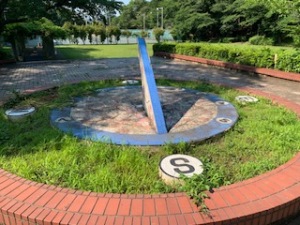
But why only a hundred years – if Emperor Tenchi`s water-clock was installed well over a thousand years ago? Well, as part of Japan`s policy of intensive Westernization and modernization first implemented in the late 1860s, Japan had already introduced many European and American “organs of national success” – an army, a navy, schools and universities, hospitals, railroads, a postal system, etc. By the late 1910s though, certain Japanese (in this case the Association for Improved Lifestyles – 生活改善同盟会) sought to instill the Japanese people with other western concepts they deemed to be of great value – one of them being an appreciation and consciousness of TIME and PUNCTUALITY. They used the passages from the Nihon Shoki about Emperor Tenchi`s water-clock to instill their project of promoting TIME with a sense of history and grandeur.
And I would have to say that they succeeded in their goal. Because now, just 100 years after Time Day was introduced (and at that time, for example, there were only three accurate clocks in all of Aomori Prefecture!), Japan is probably one of, if not THE most punctual country in the world. The train system certainly runs on schedule… and so do most other things!
And since there are no Japanese National Holidays in the month of June (the only month thas has none), there are actually people pushing for Toki no Kinenbi to become the first one – and surveys have shown that more than 60% percent of those asked agree with the idea!
But so much was lost and forgotten with all the great changes that have taken place. It amazes me that almost no Japanese today (even the most historically and culturally literate) know that in pre-1871 Japan there was a completely different system for telling time – a system that is quite confounding!
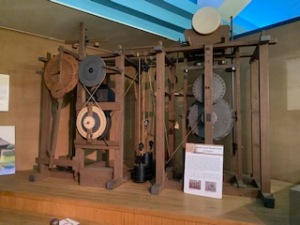
After mechanical clocks were introduced by Europeans in the 16th century, Japanese craftsmen were able to adapt them so that they could accurately keep time in the traditional way (with the length of each hours changing from day to day!
These DAIMYO DOKEI clocks probably represent the greatest Japanese technological achievement of the Edo Period (1602-1868) and there there still a few of them in existence.
The best place for you to learn about them is at the Daimyo Clock Museum in Yanaka, Tokyo – near Ueno Park. You would NOT be wasting your time if you took a day off and went there.

Those interested in Haiku poems, should know that TOKI NO KINENBI or TOKI NO HI have become standard KIGO seasonal words indicating the month of June… and suggesting so much more.
For example, here is one by Fusako Yokoyama:
時の日のエスカレーターすれちがふ (TOKI NO HI NO ESUKAREITA SURE CHIGAU)…. which I translate literally as: The Time Day Escalators roll by each other…
And interpret as
The Time Day escalators
continue rolling, endlessly, one up and one down.
If you get on one, you never know who you might pass…
Or with a “five-seven-five” syllable format:
Up and down they go
the Time Day escalators
You and I pass by
(Translated by Avi Landau)
And on a final note…
I, too, do a lot of thinking about time. Here are a few songs that I`ve written and recorded with The TenGooz – many of them dealing with that most confounding of themes. The album is called:
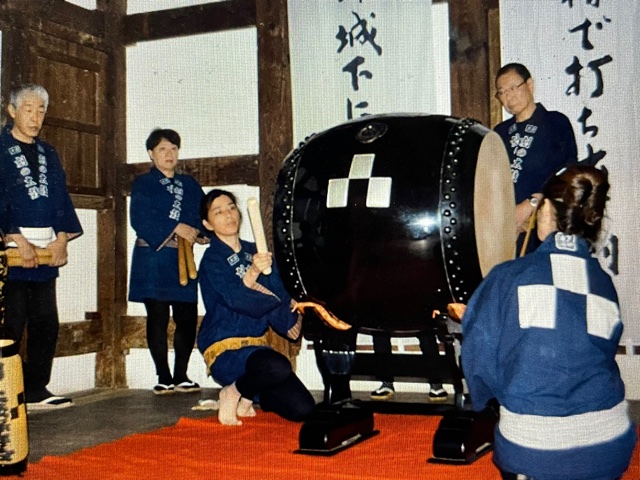
OTHER CLOCK MUSEUMS in Japan that you might want to visit on TOKI NO KINENBI
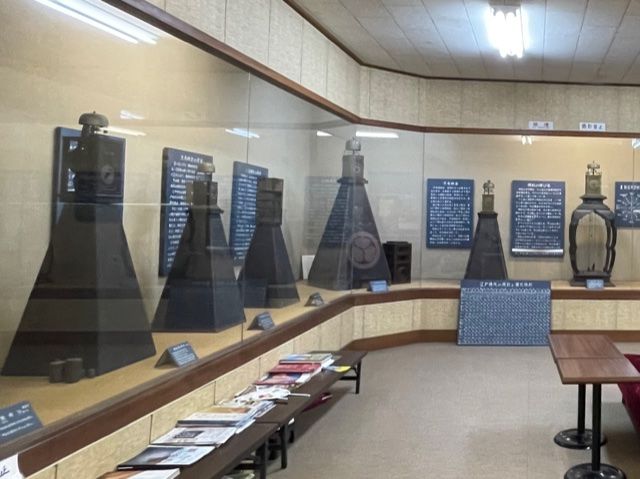
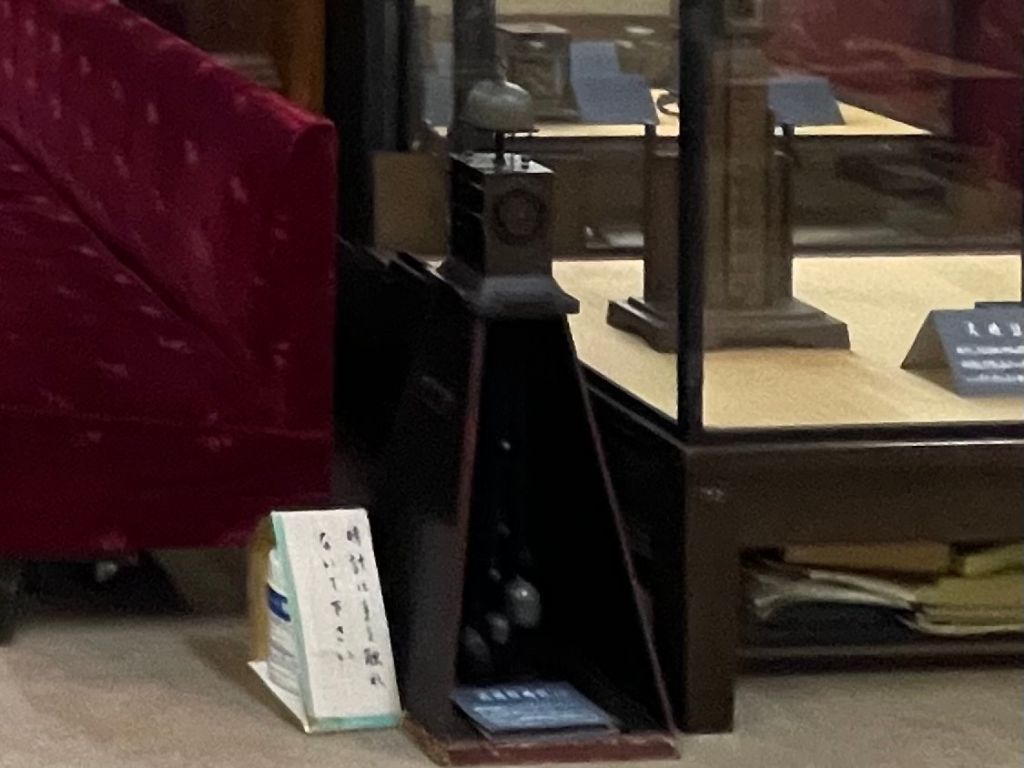
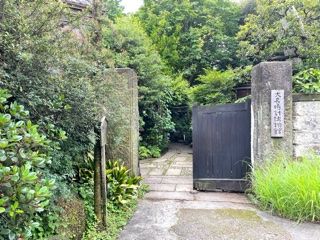
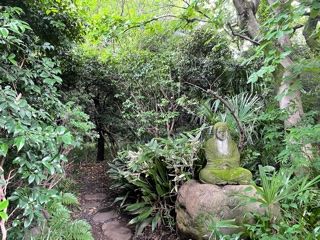
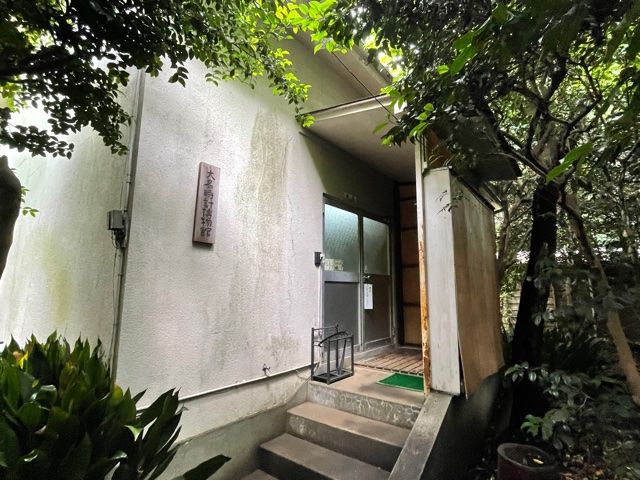
Postscript:
Time (and the pandemic lockdown) have taken a heavy toll on the Daimyo Clock Museum in Yanaka Tokyo which I visited this afternoon to comemmorate this year’s
TOKI NO KINENBI ( while on my way to see Manaus Brown at Billboard Tokyo ). The garden has grown wild, the old Kamiguchi Family living quarters look to be falling apart – and the museum itself (a single room) so musty ( once I was finally let in – the door had been locked and I rang the buzzer several times before a young man finally came running through the jungle of a garden to open it up for me) that it made my head spin, Still I felt it was worthwhile, getting a long and good look( No other visitors showed up while I was there) at each of the dozen or so outstanding Daimyo Clock specimens and carefully read the explanations (Japanese only – though they do have a good English pamphlet available). The young man who opened the door and took my 200 yen entrance fee rang one of the clocks for me (in different settings) and showed me a bit of how the clocks pulleys worked. The 15 minute walk from Ueno Station to the museum was itself something of a time-slip with old temples lining the sides of narrow roads – hydrangea in full bloom. On the way back to the station I passed a big Philippines fair at Ueno Park . Had no time but might go back tomorrow- if I have the time!